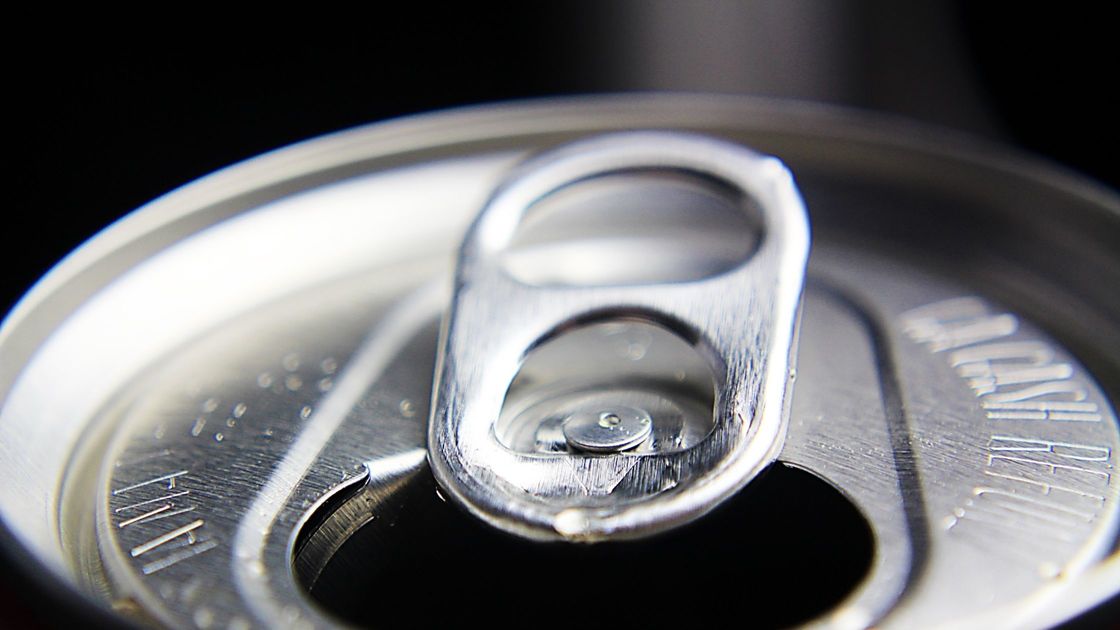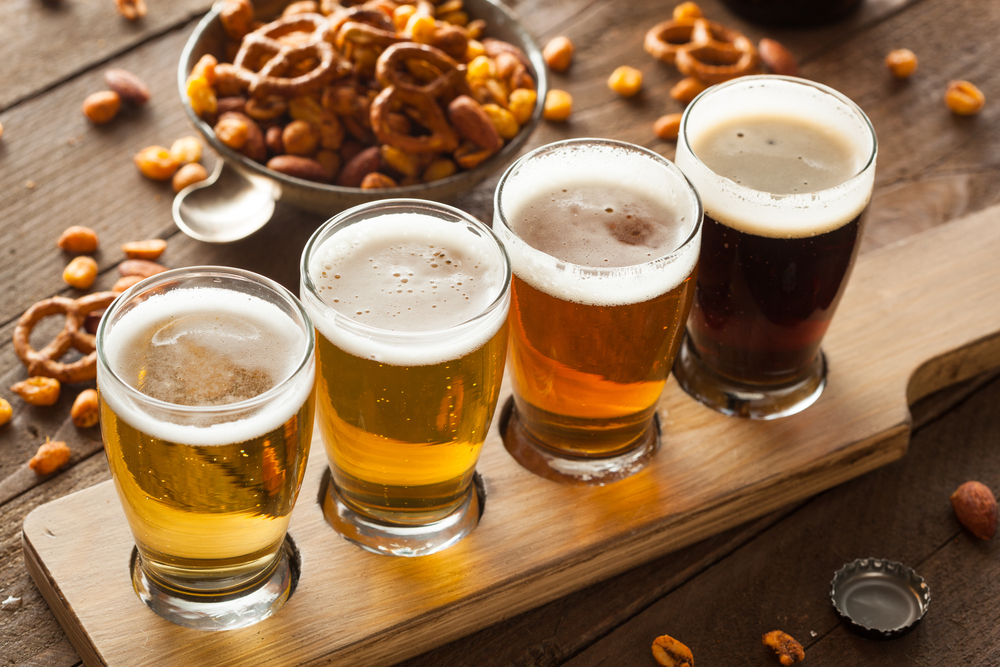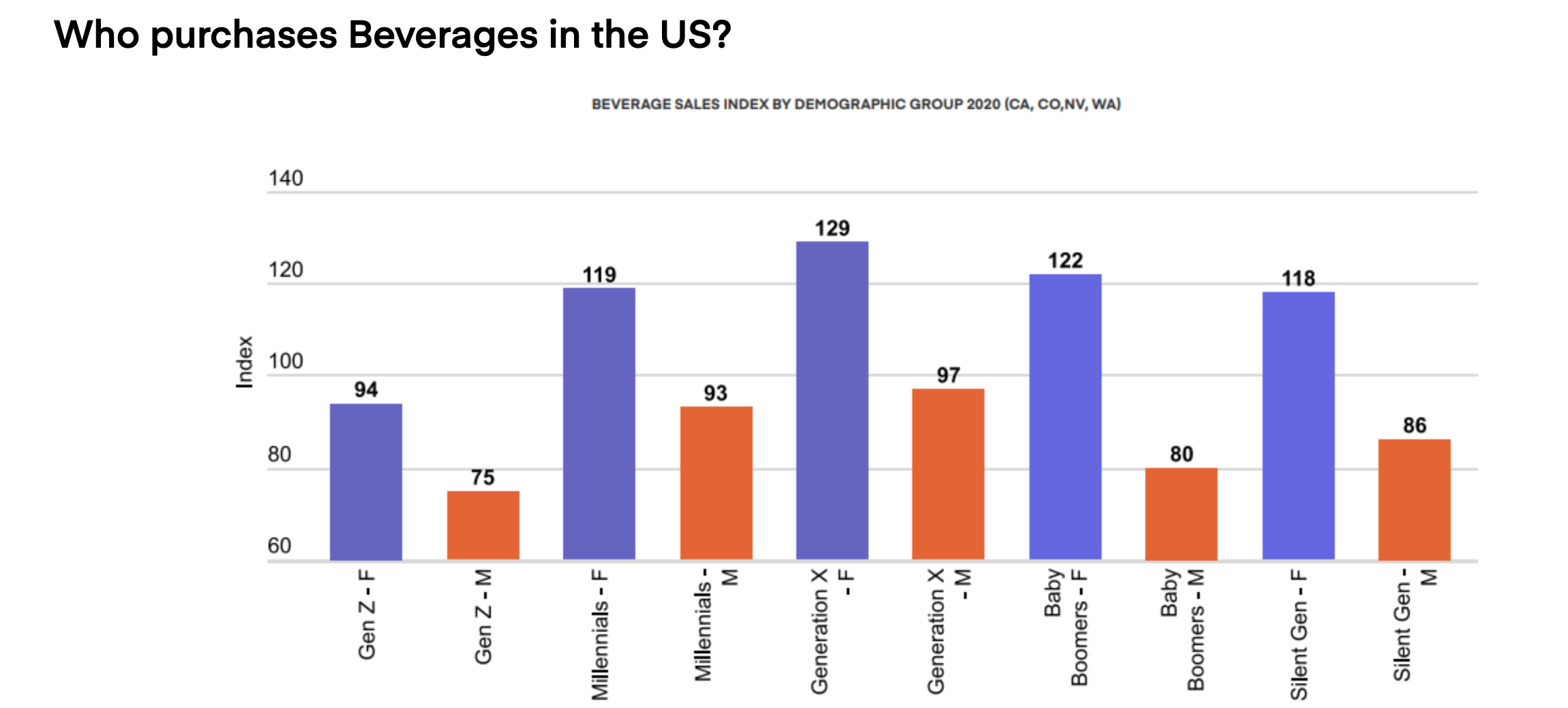The appeal of the cannabis industry is powerful: Financial success while doing fundamental good in the world. Entrepreneurial opportunity for those traditionally excluded from the business world. Fame and prestige for industry leaders. The opportunity — and indeed the demand — to innovate.
It’s not a surprise that many people want to be a part of it. Cannabis is an industry growing in both scope and legitimacy, and new members jump on board each year. Veteran members have a responsibility to help them avoid the pitfalls. Here are some common mistakes companies make when entering into the cannabis market:
1. THINKING IT WILL OPERATE LIKE OTHER MARKETS
Over the years, many entrepreneurs have been eager to jump into the cannabis space, and they all have made the reasonable assumption that the fundamental rules of other industries will be at play here. Unfortunately, the regulatory landscape, particularly as it pertains to THC, is like nothing else in the American economy. No other ingredient is federally labelled Schedule 1 — reserved for highly addictive drugs with no medical value — yet is legal medicinally, recreationally, or both on a state level. Not only is cannabis regulated differently from state to state, regulations are constantly changing and are inconsistently enforced. There’s a reason the cannabis industry has been called the Wild West.
For executives coming to cannabis from other industries, it is critical to know your audience and the complexities of the marketplace. Most people who work in cannabis have a deep knowledge of the plant – its history, its anatomy, its chemistry, and its benefits – and are passionate about making it more accessible across the United States. Company leaders who have done their homework and aren’t afraid to ask questions will garner the trust of their employees; those who don’t will have a hard time earning the respect of their coworkers and other industry leaders.
Cannabis companies are prohibited from making any medical claims, which can be frustrating since most customers interested in both CBD and THC are looking for therapeutic effects. Because of this, euphemisms come heavily into play in branding. Some companies employ a compliance officer to review all customer-facing verbiage.
If you are working with THC, you will not be able to write off any of your standard business expenses on your federal tax return. This leads companies to fractionate their businesses, with separate companies handling payroll, marketing, and retail, which adds complexity and more paperwork. Similarly, because interstate commerce is federally governed, THC products can never be shipped across state lines, even from one legal state to another. That means that every state in which you operate must have its own THC license, processing facility, and distribution network, even if the product being sold is identical. As a result, trying to expand your product’s reach to another legal state can be expensive. Depending on where you’re setting up shop, you will have different packaging limitations for text size, package size, even the colors you can use.
The other thing that differentiates the cannabis market from other markets is its demographic diversity. People from all walks of life, all ages, races, genders and income levels enjoy cannabis. Previous categorizations can be a guide, but often customer profiles don’t match the real world. You may be surprised by who buys your product, and who doesn’t.
2. NOT GETTING IT IN WRITING
Because of the limited regulation of the cannabis industry, it’s tempting to seal deals on a handshake. That’s a mistake in any business, but the ramifications are amplified in this tumultuous landscape. When — not if — one of your partners fails to deliver on their commitments, it’s hard enough to enforce a contract to begin with, let alone in this transitional market. There’s not usually a lot of money to spare for legal battles, either. Take the time to write out the terms of your agreements and spend the money to have them reviewed by a contract lawyer.
3. NOT EMBRACING REDUNDANCY
Sourcing is one of the biggest hurdles facing cannabis companies. Choosing a supplier to provide consistent, clean cannabinoids is critical for your business, but the process finding that company can be time-consuming. Even partners that start out looking great may end up failing you though logistical insufficiency or a change in leadership integrity. Redundancy is your insurance policy. Cannabis companies should seek out several reliable suppliers, not just one. At the outset, don’t accept an exclusive relationship; work up to it through years of consistent performance.
4. DISREGARDING INSTITUTIONAL KNOWLEDGE
In a bid for legitimacy, many startups are hiring from industries outside the legacy cannabis market. That can be very useful for expanding the scope of cannabis applications and form factors, but without a holistic understanding of the plant, innovation can be dangerous. Accrued generational knowledge from growers and pre-legalization formulators can help you avoid costly formulation mistakes and contraindications. As a successful cannabis industry friend of mine puts it, “Always make sure you’ve got at least a couple of seasoned veterans on staff.”
5. RELYING ON HYPE
There is no doubt that CBD will be around for a long time and likely become a health and wellness staple. That said, the buzz can’t sustain this volume; products cannot be successful long-term on the basis of the inclusion of CBD alone. Currently, thoughtful formulations that focus on ingredient synergy between cannabinoids, terpenes, flavonoids, and herbal blends have piqued consumer interest. Of course, this could all be nullified depending on the speed of the rescheduling of THC. Companies need to be ready for everything and anything — and be able to pivot on a dime.
CLOSING THOUGHTS
Cannabis is an exciting and promising industry to be in, particularly as the federal government reassesses its Schedule 1 designation and the positive shift in public opinion on cannabis use. If you are thinking about entering the industry with an infused product in 2023, the team at SōRSE would love to talk to you about your product and how we can support your brand as you move forward with production. Book a call with us today!









